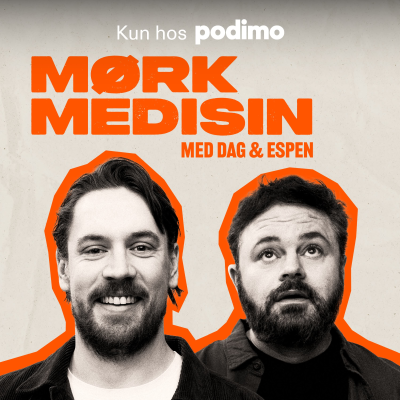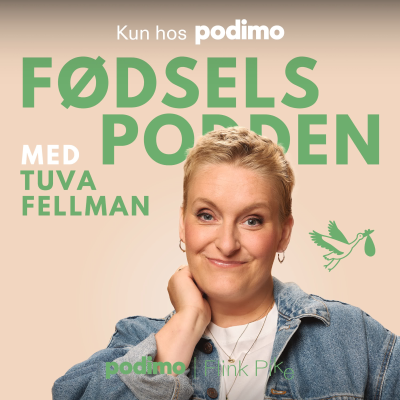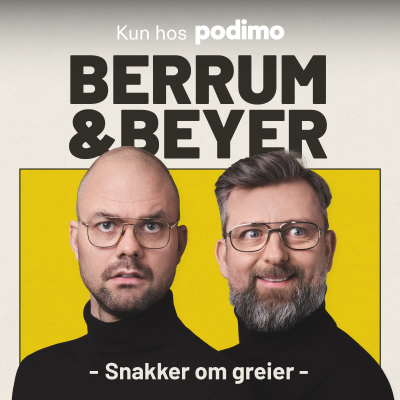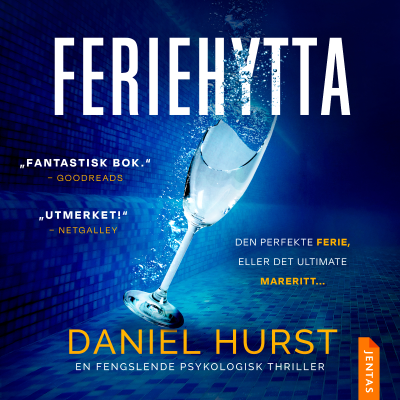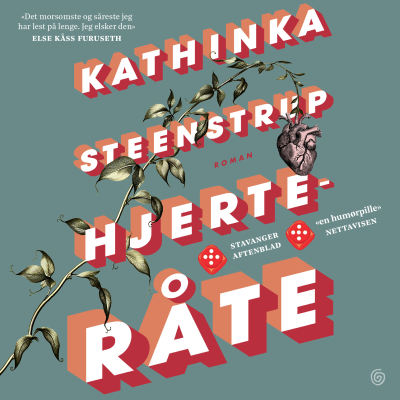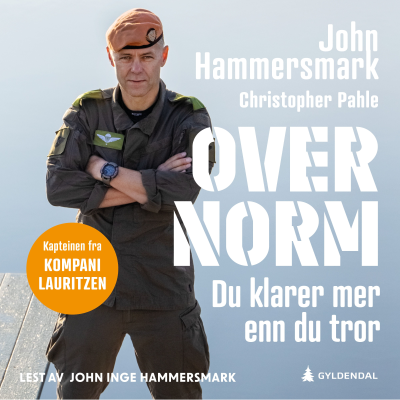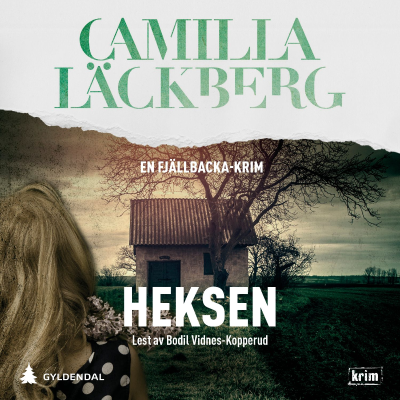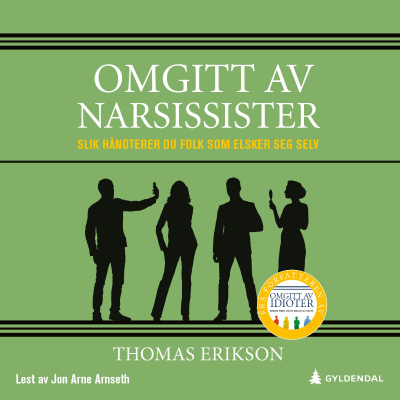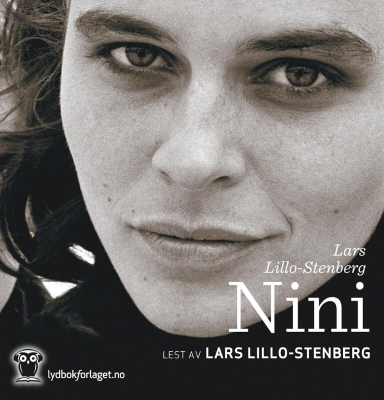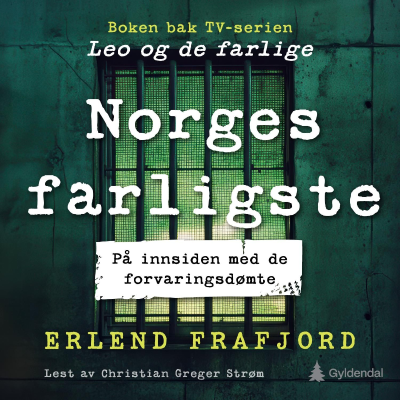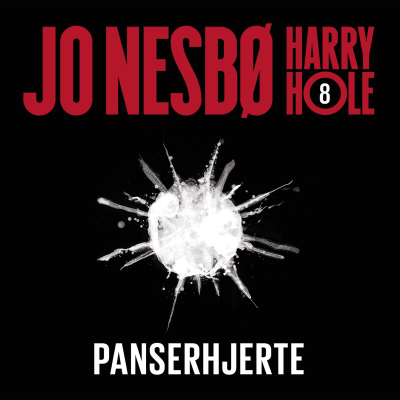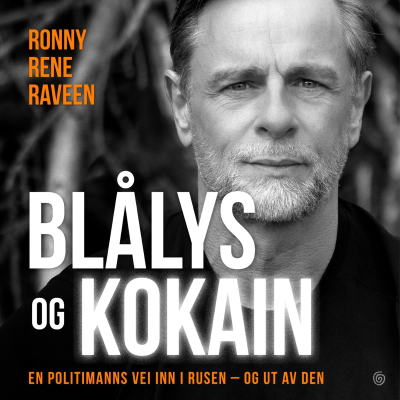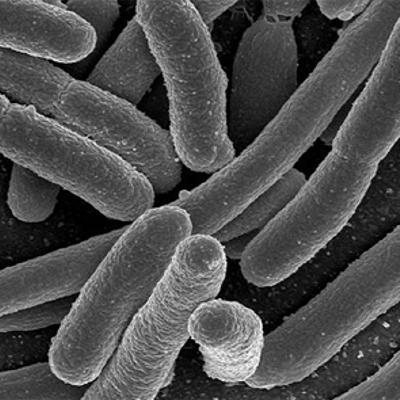
Microbes, the little guys.
engelsk
Teknologi og vitenskap
Tidsbegrenset tilbud
3 Måneder for 9 kr
Deretter 99 kr / MånedAvslutt når som helst.
- 20 timer lydbøker i måneden
- Eksklusive podkaster
- Gratis podkaster
Les mer Microbes, the little guys.
This podcast explores the world of microbes. One microbe a week goes underneath our gaze as we cover topics such as morphology, physiology, biochemistry and why these little guys are so important!
Alle episoder
5 Episoder005 Microbes, the little guys_Bacillus thuringiensis and its role in agricultural biotechnology
With the Earth's population continuing to increase there is an increasing demand for food. But how can food production become more efficient? One answer to that question is transgenic crops. Transgenic crops are crops that contain DNA from two different organisms. Usually the genome of the target organism is supplemented with a gene or multiple genes from another organism. One transgenic crop that has been developed to reduce crop losses due the pest such as the European Corn Borer and the Cotton Bollworm is Bt crops. Bt crops such as Bt Corn and Bt Cotton, contain the cry gene/s from the bacterium Bacillus thuringiensis. This gene codes for a Crystal protein that once ingested by insects, breaks down in their hindgut and lyses the cells lining their gut. This cellular breakdown of the digestive system of the insect by the Bt toxin kills the insect and therefore reduces crop losses due to the action of pest species. As with all things genetically modified there are both ethical and scientific issues to contend with. Ethical issues aside, the real problem of Bt crops is natural resistance in the pest population and the potential effects on non-target organsism. Join us as we explore the world of Bt crops, which continues to help increase crop yields by controlling pest population.
004 Microbes, the little guys_Henrietta Lacks and the origins of the HeLa cell line
"Who was Henrietta Lacks?" and "Where do HeLa cells come from?" These are a few of the questions answered in this podcast, which explores the origins of the very first immortal cell line. The HeLa cells originate from the an epidermoid carcinoma from the cervix from Henrietta Lacks. Rebecca Skloot helps us explore the everything HeLa, as these cells have been continously grown in culture since there first isolation in 1951. They were used in the investigations into the polio virus as well as the development of the polio vaccine by Scherer et. al. 1953. Now ubiquitously found in universities and research labs worldwide, the HeLa cell line continues to provide insights into the mechanisms of cancer and the wider study of human genetics and molecular biology. HeLa cells can be seen as the most important discovery for human medical microbiology. Join us as we pay homage to Henrietta Lacks and her contribution to the continued development of modern medicine.
003 Microbes, the little guys_Corrigendum, the word Prokaryote_has its used by date passed?
This podcast revisits the taxonomic system of life and asks the question: "is the word Prokaryote out of date?" In this world of science literature it is ever important that we are all on the same page. Join as we clarify a topic that many amateur and professional scientists struggle with. We also introduce our next podcast topic... the HeLa cells. These cells have played an important role in medical microbiology and continue to be used to this day in universities around the world to examine the effects of various stimulus on this human cell line. But all is not as noble as it seems....
002 Microbes, the little guys_SAR11 the most abundant microbe on the planet!
This episode delves inside the world of SAR11. The most abundant microbe in the Oceans, and in fact on the Planet! Only discovered in 1990 by Stephen Giovannoni et. al., this microbe has already had its genome sequenced. SAR11 plays an important role as not just the garbage cleaner and elemental recycler of the oceans, but is also involved in the carbon cycle. The high abundance of SAR11, 25% in some oceans means that this tiny microbe with a tiny genome can effect the global carbon cycle and thus is important to study in reference to climate change.
001 Microbes, the little guys intro_Taxonomic classification systems
This is the first official podcast from thescientist, in the series; "Microbes, the little guys". In this episode we discuss the structure and information to expect from this podcast and also the taxonomic classification of life. The classification systems mentioned include the dichotomous Plant / Animal Linneas system, the 5 kingdom system by Whittaker and the widely adopted 3 Domain system by Carl Woese and George Fox. The three domain system proposed by Woese et al. had its basis in molecular biology rather than purely visual or structural characteristics and compares the sequence of the ribosome to create and identify evolutionary relationships as well as act as a bar code for the identification of organisms.
Velg abonnementet ditt
Tidsbegrenset tilbud
Premium
20 timer lydbøker
Eksklusive podkaster
Gratis podkaster
Avslutt når som helst
3 Måneder for 9 kr
Deretter 99 kr / Måned
Premium Plus
100 timer lydbøker
Eksklusive podkaster
Gratis podkaster
Avslutt når som helst
Prøv gratis i 14 dager
Deretter 169 kr / måned
3 Måneder for 9 kr. Deretter 99 kr / Måned. Avslutt når som helst.


